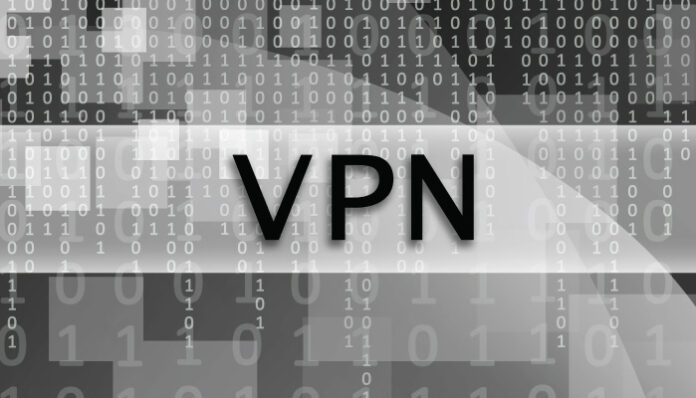VPNs are considered to be highly insecure because they impose various threats like malware, DDoS attacks, and spoofing attacks. Once the cybercriminal exploits a compromised device to infiltrate the network can bring the business productivity down.
As the entire world is embracing hybrid work modules, VPNs are integrated into almost every global business. It is a perfect way to offer access to users from anywhere to ensure business continuity.
A recent report released by Zscaler titled “VPN risk report 2021” suggests that 93% of businesses use VPNs for remote access. However, 94% of the respondents think VPN is frequently used as an attack vector by cybercriminals to exploit the servers.
Implementation of VPN has many inherent benefits, but also challenges that it imposes on businesses. For instance, VPNs usually fail to provide security to modern enterprises that enable secure, scalable, and productive work processes. Hence, many enterprises are exploring for VPN alternatives to strengthen their security initiatives against cyber threats. Here are a few inherent challenges that enterprises need to be aware of:
High-security VPN will result in less productivity
Integrating virtual private network tools will enhance security by offering an encrypted connection. However, it might reduce the connection speeds and application performance due to various reasons like the time required to provision and test VPN. This approach should be applied before any application or server access can be evaluated. A two-step approach like can reduce the pace of the entire workforce and result in a less productive workforce.
VPN support expenditure will increase the cost of the operations
One of the limitations of VPNs is that businesses cannot centralize remote management. This hinders the business’s ability to deploy, track and process all the connections from a centralized platform. Moreover, if the third-party VPN vendors do not have in-house technical resources to assist with the initial implementation or after support, enterprises will have to invest in a support team to troubleshoot and solve daily silos.
Also Read: How Long will VPNs be Discontinued?
Implicit trust processes
One of the significant challenges with implementing virtual private network tools is that it presumes excessive implicit trust in all the users and connections. VPNs offer network access to every user, streamlining it for users to infiltrate, access, and exploit network assets and applications. Many enterprises have started embracing VPN alternatives to ensure only trusted, and authorized users get access to network resources protecting them from malicious and suspicious actors.
Intricate VPN management and lack of scalability
Another significant pitfall of VPN is that it is not truly scalable. Hence, enterprises attempt to reduce the VPN overload concerns by integrating more VPN applications resulting in an increase in network intricacies and higher maintenance costs. Furthermore, stand-alone VPNs will not be able to offer enterprise-grade monitoring and security; they will only provide remote access.
Unable to offer comprehensive visibility and security
If any particular access a business network via VPN, they get unrestricted access to the entire infrastructure and its assets and applications. It would increase the risk of malware attaches and data breaches because even third-party and other unauthorized users get access to critical IT infrastructure. A few enterprises are embracing VPN alternatives to grant role-based access to users.
Exposure to more attack surface areas
Implementation of VPNs will expose the business IT network to more attack surface areas. Because it exposes employees’ and users’ IPS to the public or external internet, which results in easy access for cybercriminals to access IP addresses and business networks. Moreover, VPNs influence the risks of public outages impacting productivity and continuity.
For more such updates follow us on Google News ITsecuritywire News









